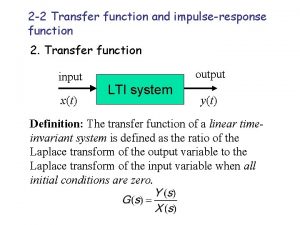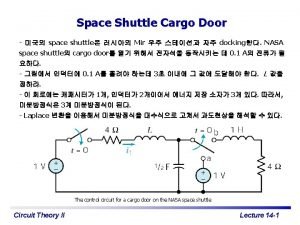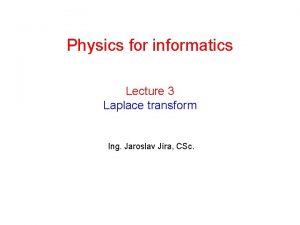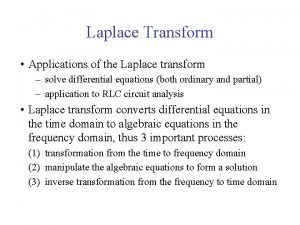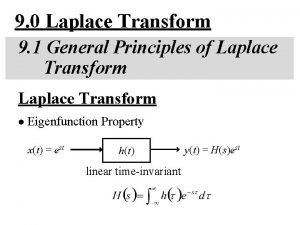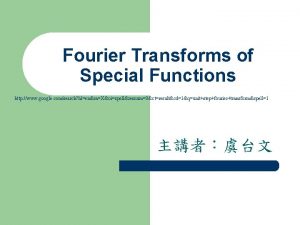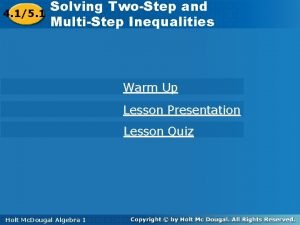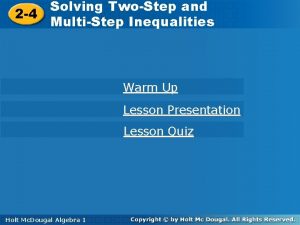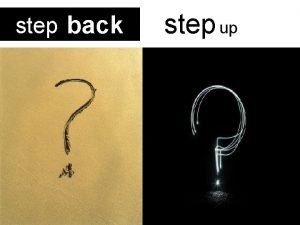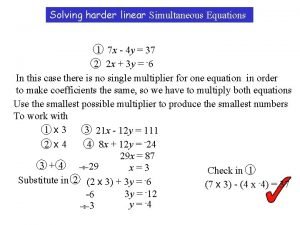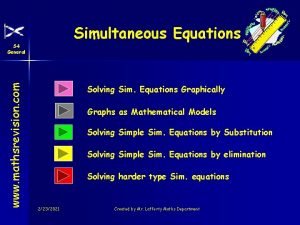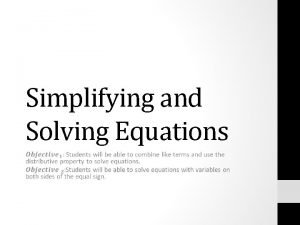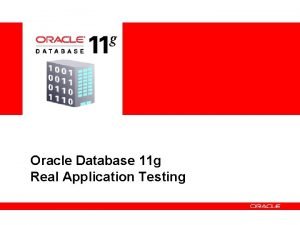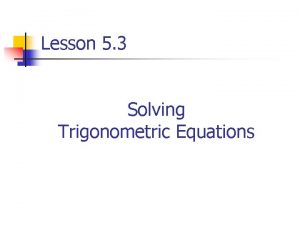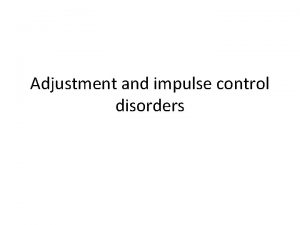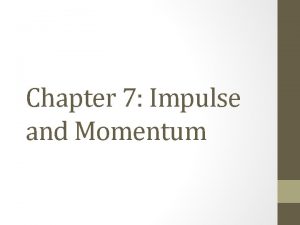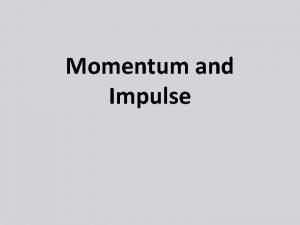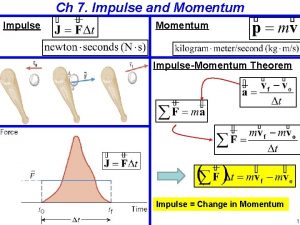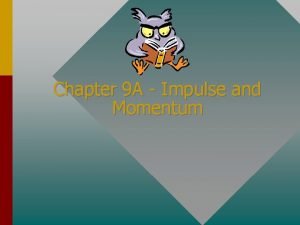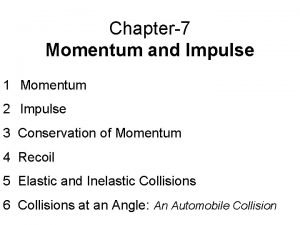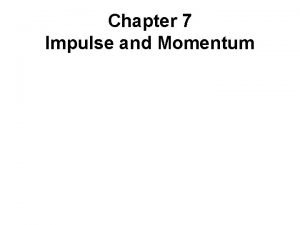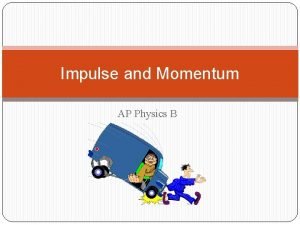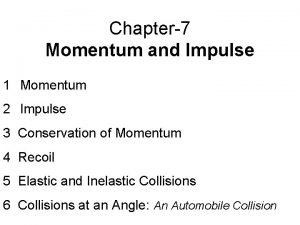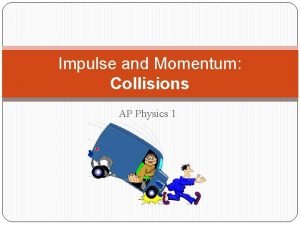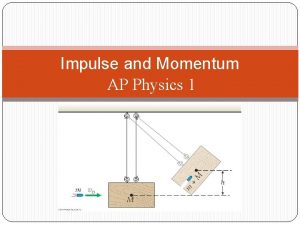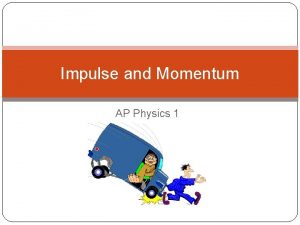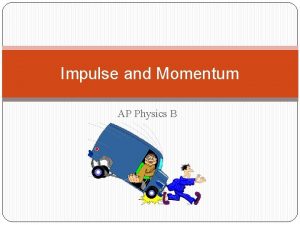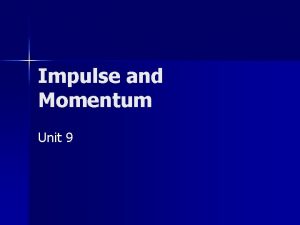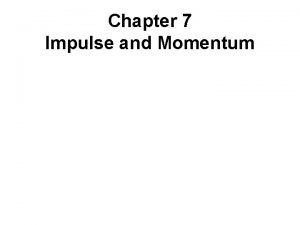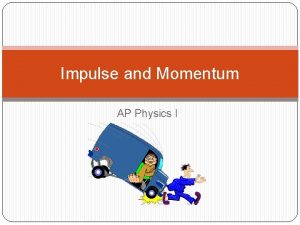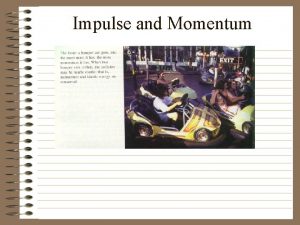Step and Impulse Function Step function K t
























- Slides: 24



Step and Impulse Function Step function K t K 0, 면적 = 1 K (t) K (t-a) 0 Circuit Theory II a t<0 0<t K u(t-a) = 0 K u(t-a) = K t <a a<t Impulse function t a K u(t) = 0 K u(t) = K t 연속이므로 f(t) f(a) 연속이므로 f(0) = 1 Lecture 14 -3

Functional Transforms Circuit Theory II Lecture 14 -4

Operational Transforms (I) Differentiation Integration 여기서 =0 Circuit Theory II Lecture 14 -5

Operational Transforms (II) Translation in the time domain Translation in the frequency domain Scale changing Circuit Theory II Lecture 14 -6

Example + t=0 Idc R L C Laplace 변환을 하면 v(t) – 초기 전압이 영이라면 원하는 Circuit Theory II Lecture 14 -7

Inverse Transformation (1) (2) (3) (4) Circuit Theory II Lecture 14 -8

Initial-and Final-Value Theorems t = 0 또는 t = 일 때의 f(t) 값은 최종 값을 구하지 않고도 알 수 있다. Initial value Final value 1 s 이면 영. 는 상쇄되어서 Circuit Theory II 는 상쇄되어서 Lecture 14 -9

Circuit Elements in the s Domain (I) + i v R – + V(s) I(s) R – I(s) + i + 초기전류 : I 0 v L – I 0 s. L + V(s) + LI 0 – – 직렬회로 I(s) Circuit Theory II I(s) s. L 병렬회로 I(s) Lecture 14 -10

Circuit Elements in the s Domain (II) + v 초기전압 : V 0 Circuit Theory II – i I(s) + V(s) + – + V(s) I(s) CV 0 – – 직렬회로 병렬회로 Lecture 14 -11

Natural Response of an RC Circuit t=0 node a , KCL + C V 0 – R a + CV 0 V R u(t) : step function – I(s) + – Circuit Theory II R Lecture 14 -12

Step Response of a Parallel RLC Circuit 초기조건 : t=0 C R L R s. L R, L, C 값을 대입해서 부분분수 분해하고 Laplace 역변환으로 v (t) 와 i. L (t) 를 구한다. Circuit Theory II Lecture 14 -13

Transient Response of a Parallel RLC Circuit 초기조건 : t=0 C R R L s. L 정상상태 해 Circuit Theory II 과도상태 해 Lecture 14 -14



Convolution Integral 세 가지 이유에서 convolution integral을 도입. (1) x(t)와 h(t)가 오직 실험 data에 의해서만 알 수 있을 때. (2) memory와 weighting function 개념을 도입할 때. (3) Laplace 변환 함수 곱의 역 변환을 구할 때. x(t) h(t) y(t) 회로는 선형이고 time-invariant 이다. 즉, 선형이므로 superposition이 가능하고, time-invariant 이므로 input time-delay가 output에 보존되어 나타남. Input가 impulse이면 h(t) : impulse response, h(t) = y(t). Circuit Theory II Lecture 14 -17

Convolution and Laplace Transform Circuit Theory II Lecture 14 -18

Graphic Interpretation of Convolution Integral 0 (a) T 1 0 (b) (d) -T 1 MA (e) Circuit Theory II 0 t y(t)=area t-T 1 t T 2 T 1 0 (c) h(- ) (d) h( )x(t- ) 0 M x(t- ) t-T 1 x( ) A M t-T 2 0 (b) x(- ) 0 0 M T 2 M (c) -T 2 (a) x( ) M h( ) A h(t- ) y(t)=area MA (e) 0 t 0 T 1 t x( )h(t- ) Lecture 14 -19

Memory and Weighting Function h( ) Present Future 현재: 매우 지배적 Past 미래=0 과거: 덜 지배적 Perfect memory : impulse response or weighting function perfect memory h( ) No memory: h( ) 현재 과거 1. 0 Circuit Theory II Scaled replica of the input. Lecture 14 -20

Memory and Weighting Function - Example h( ) 1. 0 vi(t- ) 0 Vo’ Vi (V) 20 20 (t-10) (t-5) 0 t 5 10 vi(t- ) 현재 값이 중시 되었음. Excitation 18 16 14 12 (t-10) 0 (t-5) 5 t 10 Response 10 8 vi(t- ) 과거 값이 영향 을 미침. 6 20 4 2 0 (t-10) 5 (t-5) 10 t Circuit Theory II 0 2 4 6 8 10 12 14 Lecture 14 -21



 Step 1 step 2 step 3 step 4
Step 1 step 2 step 3 step 4 Open loop transfer function
Open loop transfer function Unit impulse function laplace
Unit impulse function laplace Impulse momentum
Impulse momentum Laplace transform
Laplace transform Unit impulse function laplace
Unit impulse function laplace Laplace transform
Laplace transform Fourier transform of unit step function
Fourier transform of unit step function Cosine and sine graph
Cosine and sine graph Solving two step and multi step inequalities
Solving two step and multi step inequalities How to solve two step inequalities
How to solve two step inequalities Disking meaning in dentistry
Disking meaning in dentistry Creating a dinosaur sculpture
Creating a dinosaur sculpture Pbpa essay
Pbpa essay Body paragraph starters
Body paragraph starters Step back step up
Step back step up Solve
Solve Harder simultaneous equations
Harder simultaneous equations Simultaneous equations step by step
Simultaneous equations step by step Combining like terms steps
Combining like terms steps The process of photosynthesis step by step
The process of photosynthesis step by step Particle filter matlab code
Particle filter matlab code Oracle real application testing
Oracle real application testing Netbackup bare metal restore step by step
Netbackup bare metal restore step by step Trig equation solver with steps
Trig equation solver with steps

